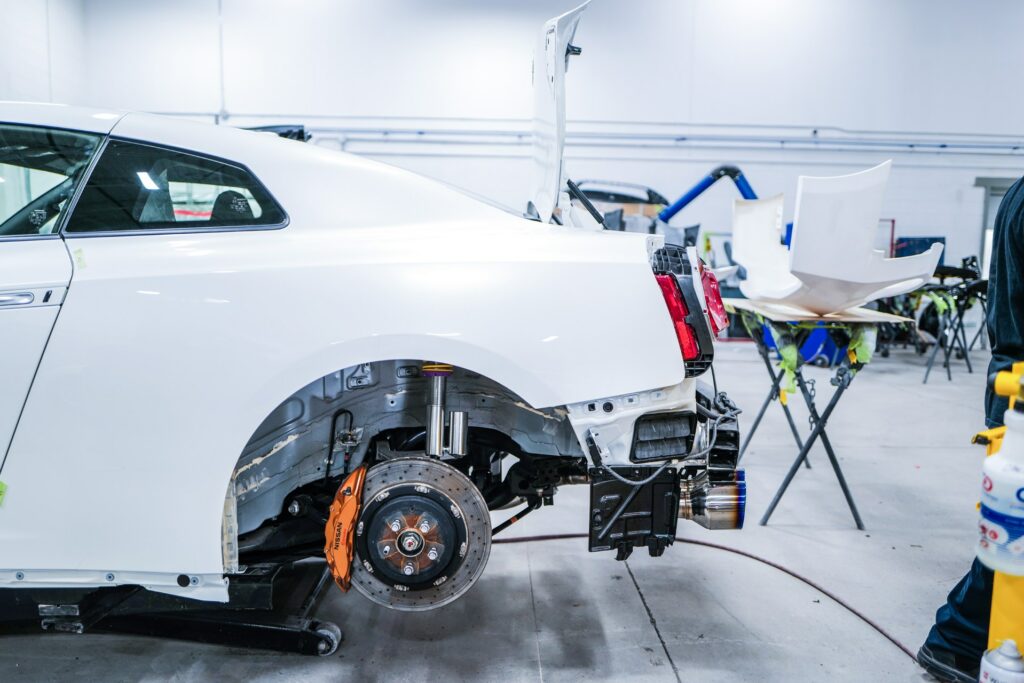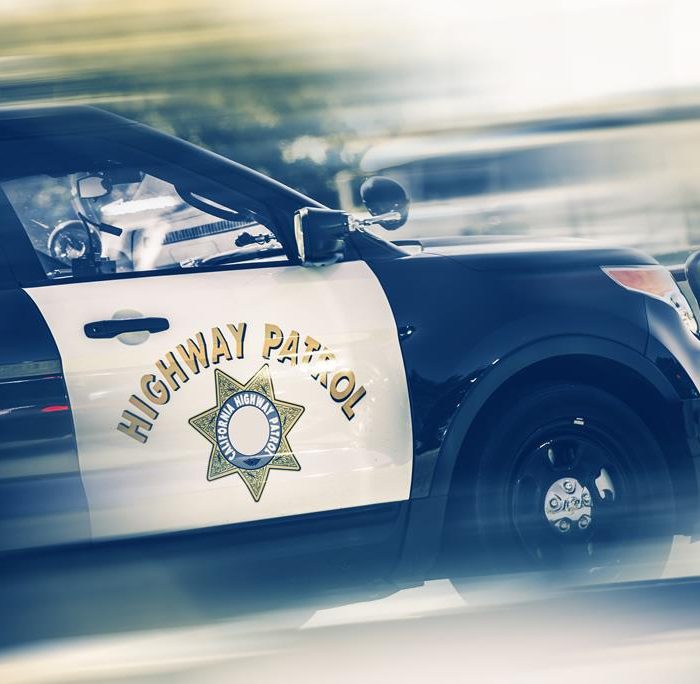The roadway that a car is traveling on is often not ideal, especially if it’s not an autobahn or a federal highway. Similarly, not every car is able to overcome off-road due to the fact that not all vehicles are off-roaders (jeeps) or at least crossovers. Suspension in the factory configuration doesn’t always improve the car’s behavior and handling on the road, especially if the latter is full of inequalities, bumps and pits. Therefore, motorists tend to upgrade the suspension, or perform its tuning.
Let’s look at what the term “suspension tuning” includes as a method of car modernization, and we’ll start with the definition of suspension.
Main suspension functionality and components
An automobile suspension is a construction made up of various elements that are the connecting component between the body and the chassis of the car. The main function of the suspension is shock absorption, that is, cushioning of shocks and bumps due to roadway irregularities, stabilization of the car’s position when driving. The suspension also affects the length of the braking distance, acceleration dynamics and handling of the car. That is, the suspension is not limited to comfort for the driver and passengers. As a result of suspension tuning, you can reduce the “swing” of the body at high speeds and reduce the car’s roll in turns (especially if the car has a high center of gravity).
The suspension includes a number of components – it’s they (individually or all at once) that are tuned when the suspension is upgraded. There are six such components in total:
1. Elastic suspension elements distribute the load of vibrations that occur when driving on an uneven surface. Elastic elements can be:
a) metallic:
– leaf springs (for suspension of trucks);
– springs (for suspension of passenger cars);
– torsion bars (for SUV suspension);
b) non-metallic:
– pneumatic (mainly for trailers and trucks);
– hydro-pneumatic (premium class cars).
2. Directional elements are responsible for the nature of wheels’ movement relative to the car body.
3. Damping devices are combined with elastic elements and the result is a pillar. Damping devices reduce the vibrational amplitude of the passenger car’s body.
4. A stabilizer bar is used to ensure the stability of the car on turns and cross road slope.
5. A wheel support connects each wheel to the rest of the suspension components.
6. Bracing elements consist of components with which all suspension components are connected.
Describing the suspension, we should also point out that it can be pneumatic and hydropneumatic. The suspension of the pneumatic kind has the property to take the road situation into account (to adapt to it). This becomes possible when special cylinders with air, which is inflated, then vented (squeezed out), are installed on the shock absorbers. The hydropneumatic suspension is able to adjust the ground clearance (the distance between the roadbed and the bottom of the car), and it does this automatically, depending on the speed and quality of the roadbed. If the road is bad and the speed is slow, the car rises – that is, the suspension increases the ground clearance. If the road is close to ideal and the speed is high, you can reduce the ground clearance, which gives the car more stability and contributes to increased acceleration capacity.
Suspensions are also divided into dependent and independent. The first are considered a budget option and are expressed in the relationship (dependence) of wheels on one beam (axis), when hitting a bump with one wheel changes the angle of the entire axis. If there is no relationship of this kind between the wheels, the angle of the entire axis is not transformed, and the suspension is called independent. But the latter option can only be seen on premium cars. Cheap car models are equipped with the dependent suspension modification.
Finally, passenger cars have a soft suspension for the degree of rigidity – they need to smooth out the roughness of the roadway. The rigid suspension is installed on sports cars and designed for fast driving.
How does tuning affect the suspension
There are various ways to improve the suspension. The main thing is that the car owner should be aware that any changes that are involved by suspension tuning can affect the handling, maneuverability, braking characteristics of the car, and its movement can suddenly turn into unpredictable. Therefore, you should trust suspension tuning only to professionals who must change all suspension components without fail. This is not a cheap enjoyment, it’s costly for the car owner in financial terms, especially if the decision is made to change a usual suspension to a hydropneumatic one.
Replacement of springs and shock absorbers
New sports shock absorbers are the first thing to start with when modifying the suspension. The variability of shock-absorbing devices is almost infinite. Shock struts can include single-tube, double-tube, combined shock absorbers (combining the advantages of the first two), as well as adjustable – allowing you to choose the comfort mode, sports mode or intermediate mode. With such opportunities, the driver feels much more confident, because the car’s behavior becomes predictable, and therefore safe. However, the installation of sports shock absorbers entails the risk of rapid wear of other suspension parts, and this should be remembered by anyone who decides to start tuning the suspension with a shock-absorbing unit.
Tuning of springs involves changing the car’s ground clearance, taking into account different road conditions. Non-standard springs also provide rigidity of shock absorbers. This makes it possible to drive steadily and confidently both on motorways and on country roads.
Each strut is equipped with two springs with different degrees of rigidity, and as a result, there is also a need to install rigid stabilizer bars on the rear suspension (rear beam).
Tuning of spacers in wheel hubs and braces between struts
A special spacer in hubs makes it possible to increase the stability of the car during sharp maneuvers, since the rework will make the track wider. Mounting of braces between strut supports optimizes body rigidity. When a brace is installed on the front suspension, the goal is to protect the body from deformation when driving on off-road and country roads, increase overall stability and maintain the car’s handling. After installation, such a brace serves to unite the struts with each other, and all together makes the body rigid.
We don’t stop at the details of installing special devices for tuning of the suspension – this is the issue of specialists. Incorrect modification of suspension leads to a decrease in safety. Therefore, the optimization of the vehicle using suspension tuning should be performed by professionals who are responsible for their work.
It is important that all tuning components are of high quality. Saving on suspension components results in inappropriate behavior of the car, and the driver begins to get nervous even on minor road bumps. When tuning the suspension, they strive to make the car comfortable and well-handled at the same time.

As for driving a car, with or without tuning, the right to do this is given with a driver’s license. Our website optimizes the process of obtaining an international driver’s license – after all, the world is becoming more accessible today, and it is more pleasant to drive a car in any corner of the world with a special document. Don’t miss the opportunity to quickly and easily process the international driver’s license on our website.

Published January 07, 2021 • 6m to read






